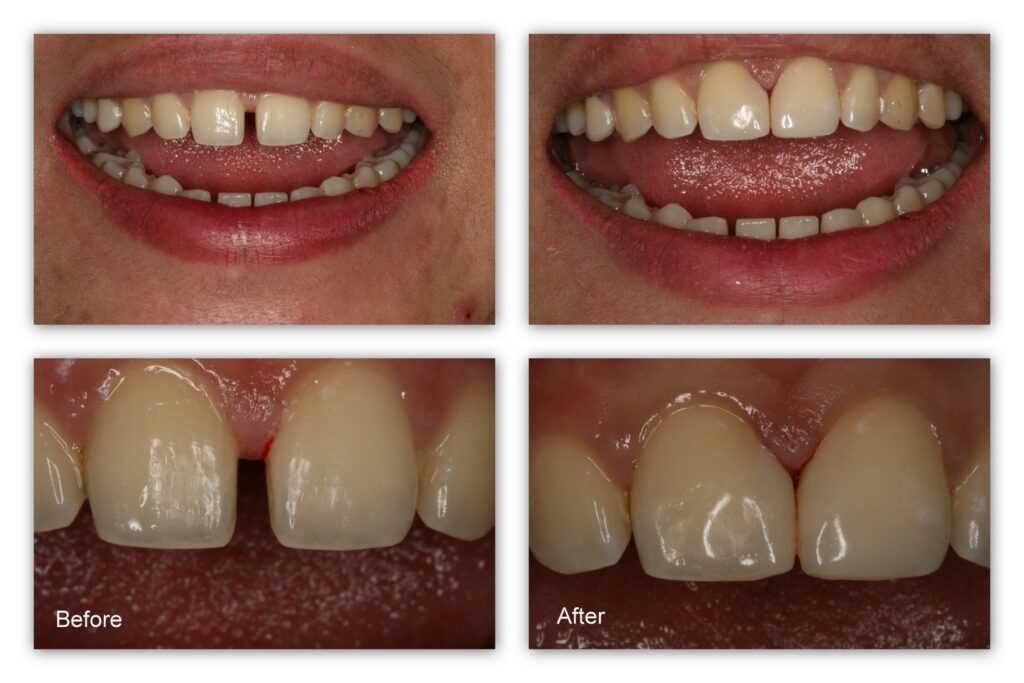The gap between two teeth is known as a diastema and it can occur in any area of the mouth, although it is most noticeable between the front teeth. While some gaps may be small and go unnoticed, others can be more prominent. Tooth gaps can have various causes, including genetics, tooth size, and certain habits. Although gaps between teeth are generally not considered a serious health issue, they can lead to dental problems if left untreated.
Having wider gaps between teeth can increase the risk of cavities and gum diseases like gingivitis and periodontitis. Food particles and plaque can accumulate in these spaces, providing a breeding ground for harmful bacteria. Tooth gaps can also cause an unbalanced bite, leading to discomfort and pain. Additionally, gums that are exposed due to the gap can become more sensitive and bleed easily during flossing and eating.
Several treatments are available to address tooth gaps. Conventional braces can help close gaps and align crowded teeth. Sublingual braces are another orthodontic option. Dental bonding is a common treatment for diastemas, which involves applying a pigmented resin to close the gap. Dental veneers are also a popular option, which are little shells that mimic the color of your teeth and can be made from composite resin or ceramic.
In summary, while tooth gaps are not necessarily a health issue, they can cause dental problems if left untreated. Various treatments are available to address tooth gaps, including braces, dental bonding, invisalign, and veneers.

